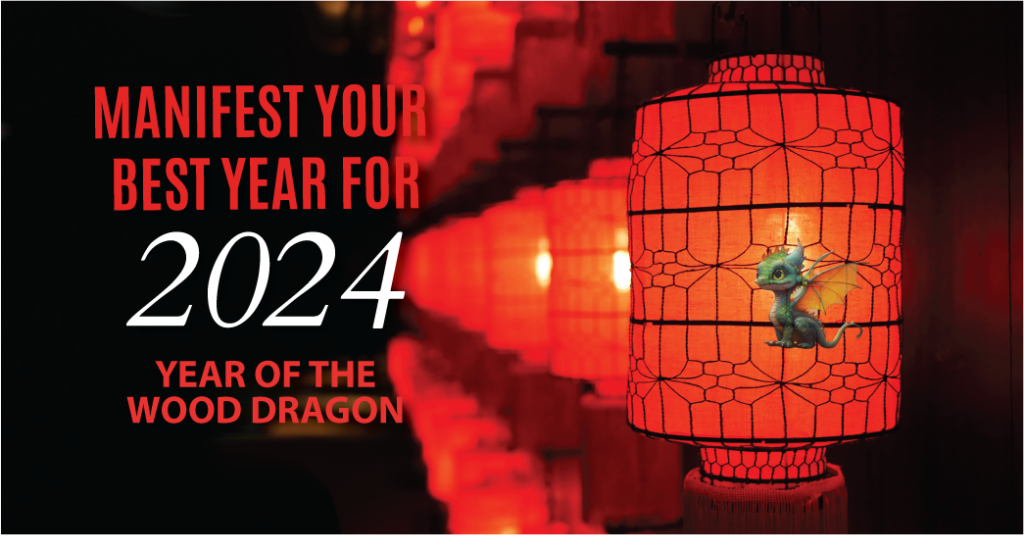See a Dragon, Be a Dragon: Symbols in Chinese Culture
An early Chinese scholar observed, “All the inhabitants of oriental countries… are gifted with a vivid imagination—a quality of important constructive value.” With this imagination, the Chinese, in particular, have constructed an immense and rich repertoire of symbols. Plants and animals, as well as landscape features, are endowed by their observers with human qualities. Orchid, bamboo, lotus, tiger, swallow, bat, and crane, mountains, rivers, clouds and continents, to name a few, all have their correspondences. The origin of the meanings of the symbols appears to be lost in time; there are no known references enumerating them while, at the same time, there are probably no books of the ancient culture that do not include them.
To understand these symbols is to participate at a fundamental level in Chinese culture. Seeing a dragon gives the experience of imperial power, divine mystery, and the eternal potential for change. Seeing a plum blossom invokes a sense of the value of perseverance and the miracle of spring. The Chinese seem to know, intuitively, that the symbol has power and that seeing the symbol over and over again will bring that power to life.
Taoism, from which so much of Feng Shui derives, conveys its principles through the use of symbols. The Five Elements all have correspondences in the physical realm. The ten Earthly Branches are represented by animals. Chinese artists of all disciplines—painting, sculpture, jewelry, textiles, architecture—have used these motifs in their work, and you have undoubtedly seen them.
Because the symbols represent universal qualities along the entire spectrum of human experience, to recognize them is to affirm that which gives our life meaning. Seeing these qualities in the shape of an animal or a flower reminds us that these qualities are vibrations that pervade the physical world. Subsequent articles here will describe some of the most common motifs used through the ages in Chinese culture. May knowledge of these symbols deepen your appreciation of Chinese art and, ideally, enrich your life.
Image courtesy of External Radiance




